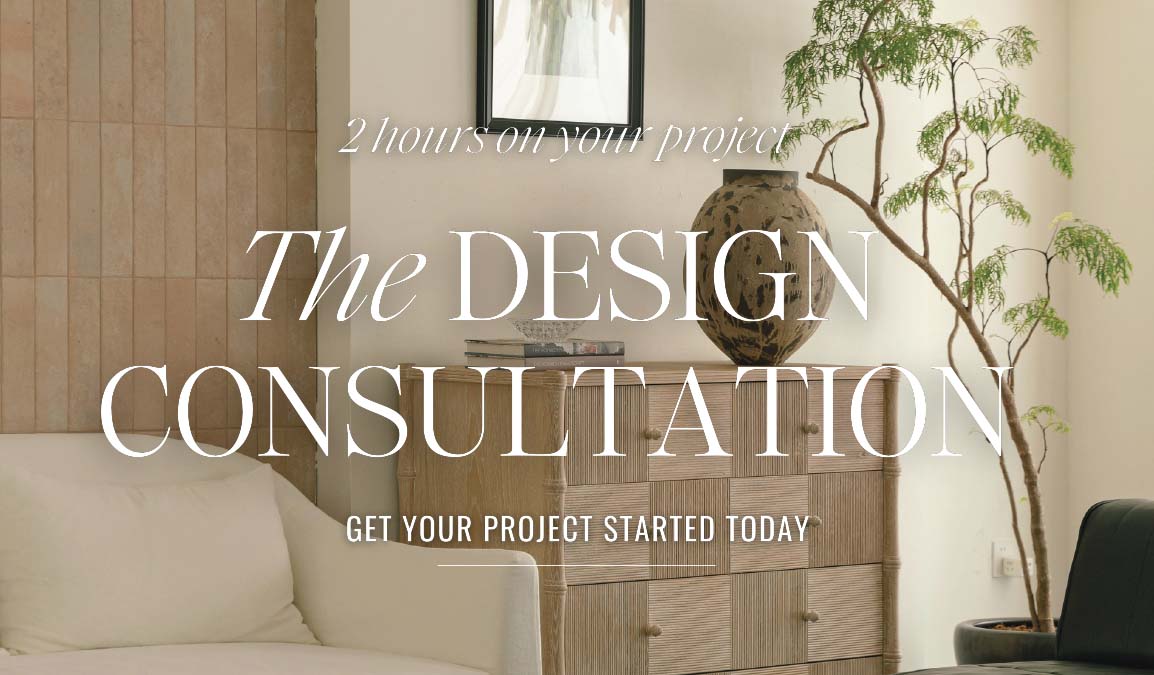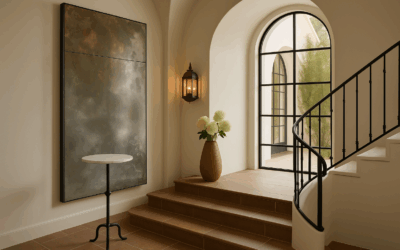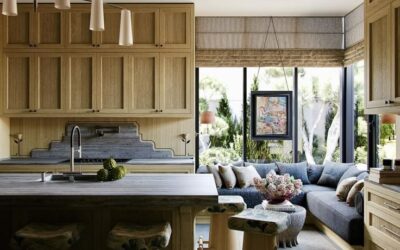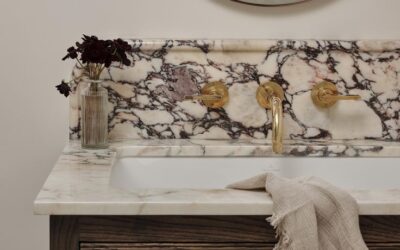Unlock the secrets to making small rooms appear larger through clever design techniques and strategic furniture placement. and maximize small spaces and creating the illusion of a larger, more open area. With clever design techniques and strategic furniture placement, you can transform your compact living spaces into stylish and functional havens. Say goodbye to cluttered rooms and embrace the art of making the most out of limited space to unlock its full potential!
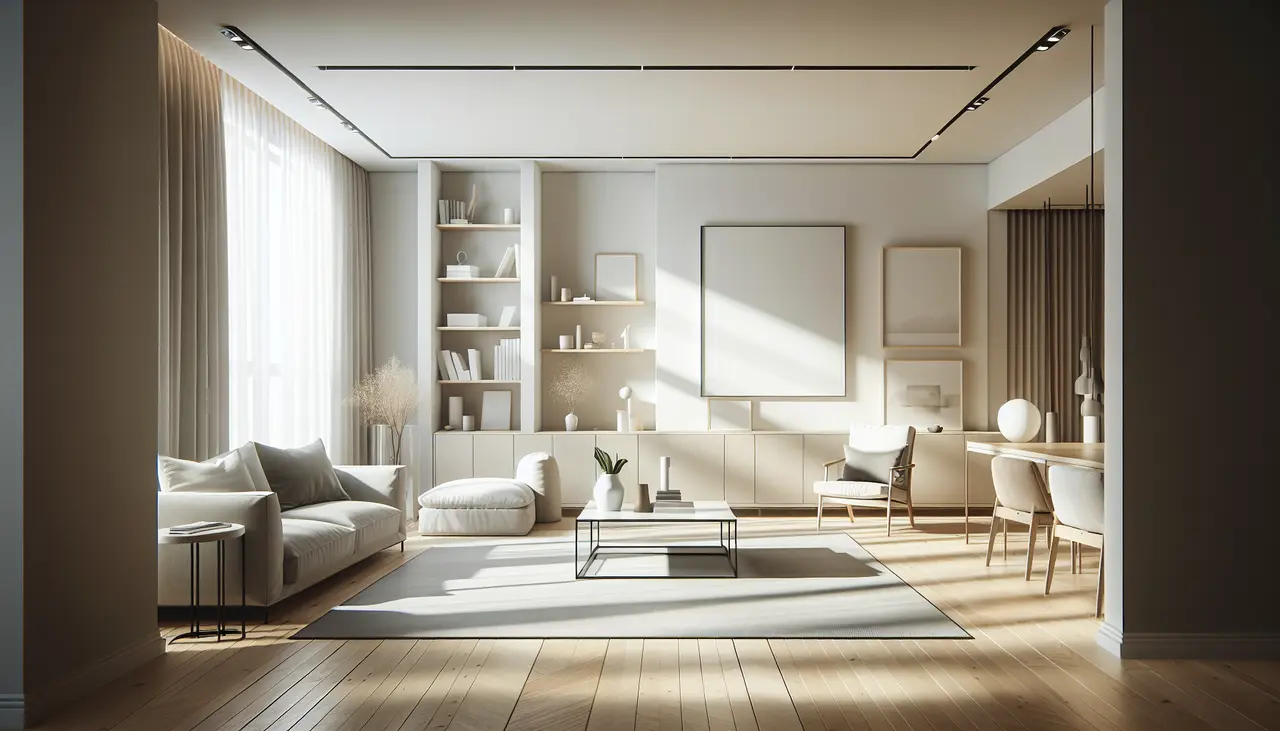
Choose Light Colors
When it comes to maximizing small spaces, color plays a crucial role. Opt for light and neutral colors for your walls, floor, and furniture. Lighter shades reflect natural light, making the room feel more open and airy. Stick to a consistent color palette to create a cohesive and spacious look.
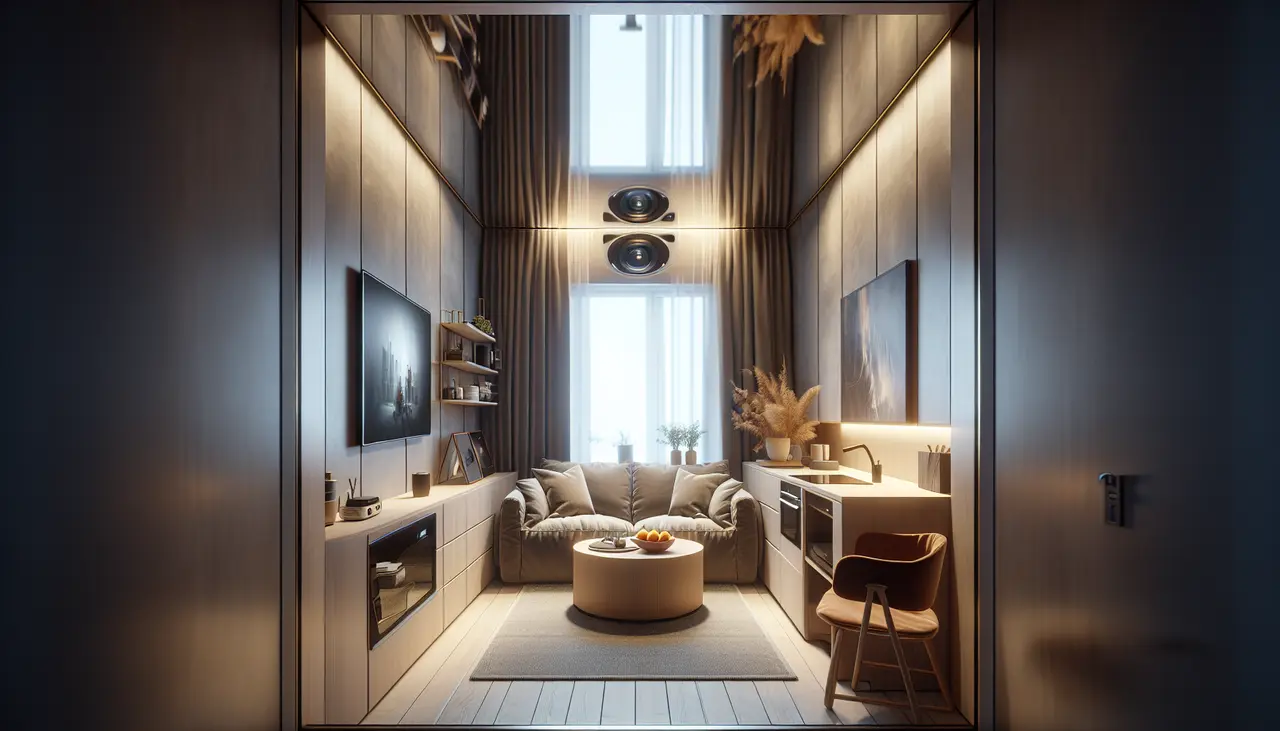
Utilize Mirrors
Mirrors are magical when it comes to creating the illusion of space. Hang a large mirror on a wall opposite a window to reflect natural light and visually expand the room. You can also use mirrored furniture or decorative mirrors to add depth and create a sense of openness.
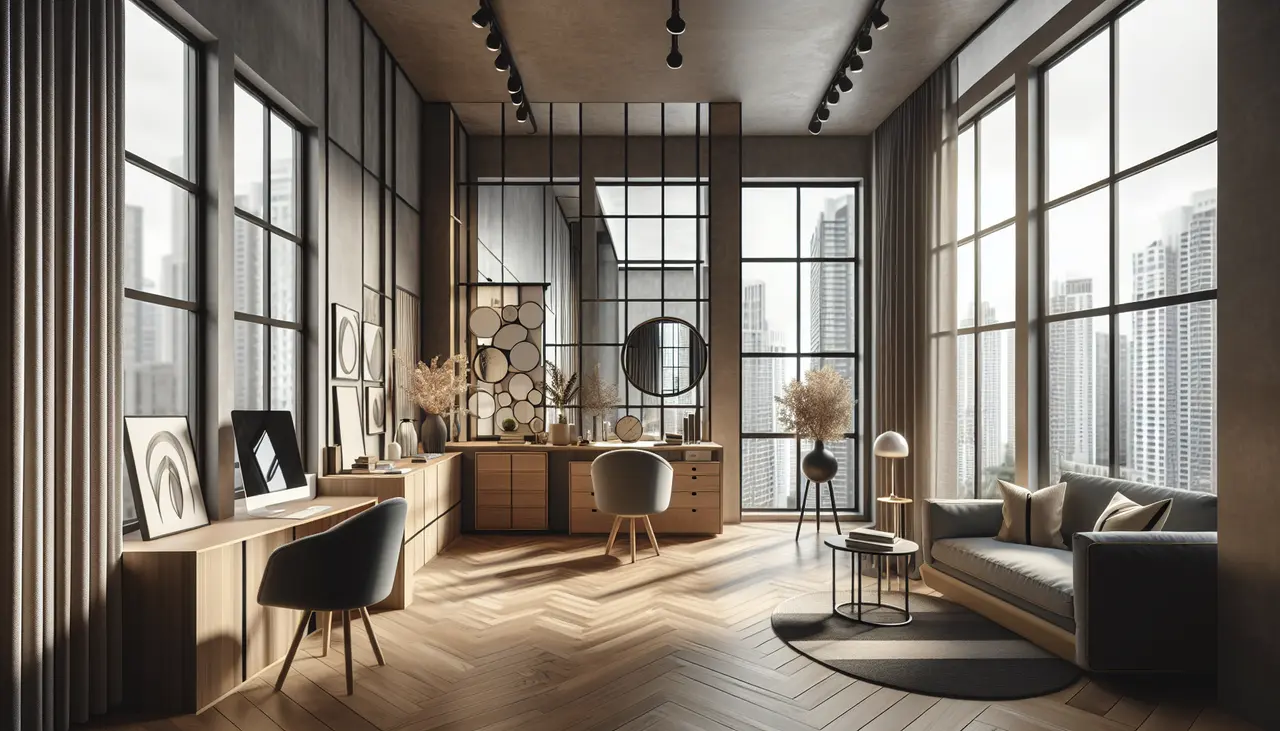
Embrace Natural Light
Natural light is your best friend when it comes to maximizing small spaces. Keep your windows uncovered or opt for sheer curtains to allow maximum light to enter the room. Avoid heavy drapes or dark shades that can block natural light and make the space feel cramped.
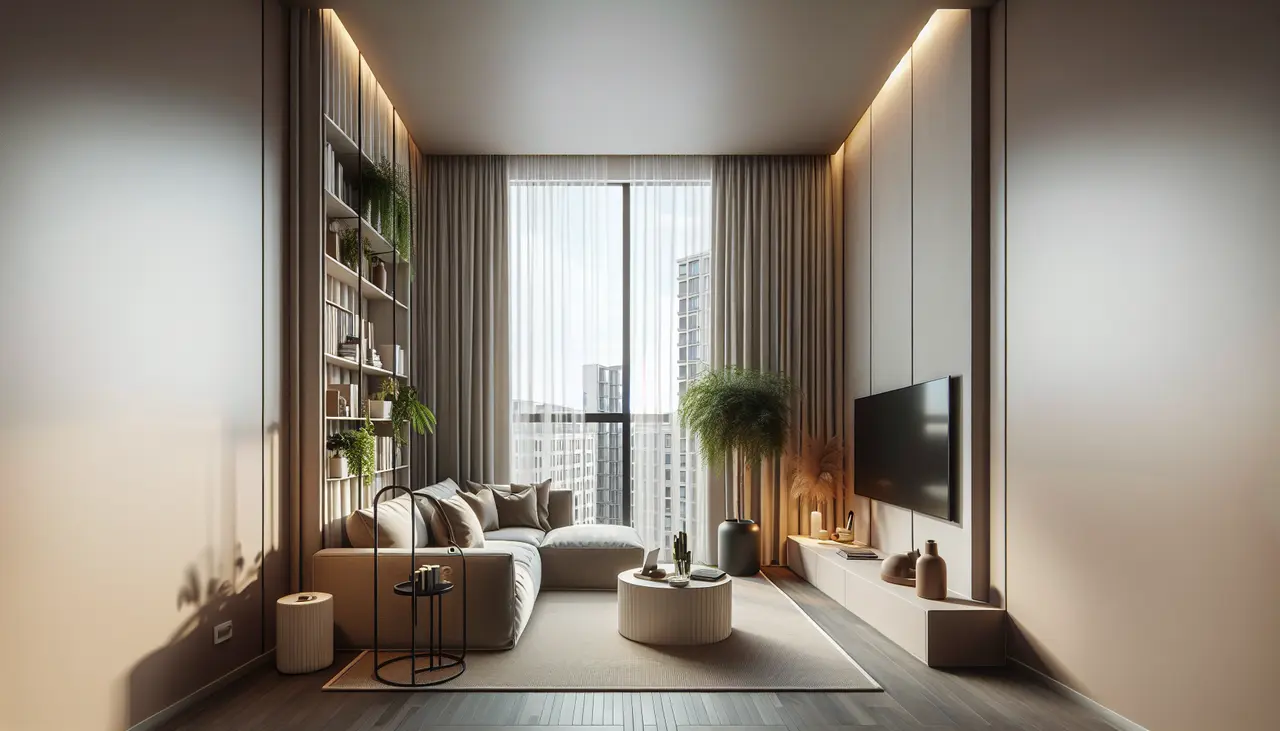
Strategic Furniture Placement
Carefully consider the size and placement of furniture in small rooms. Opt for multifunctional furniture pieces like a storage ottoman or a sofa with built-in drawers. Choose furniture with exposed legs to create a sense of openness. Avoid blocking pathways and ensure there is ample space for movement.

Clever Storage Solutions
Clutter is the enemy of small spaces. To maintain an organized and spacious look, invest in clever storage solutions. Utilize vertical space with floating shelves or tall bookcases. Opt for furniture with hidden storage compartments. Use decorative baskets or bins to store items and keep surfaces clutter-free.

Utilize Wall Space
When floor space is limited, make the most of your walls. Install floating shelves or wall-mounted cabinets to store books, decorative items, or everyday essentials. Hanging plants or artwork can also draw the eye upward and give the illusion of higher ceilings.
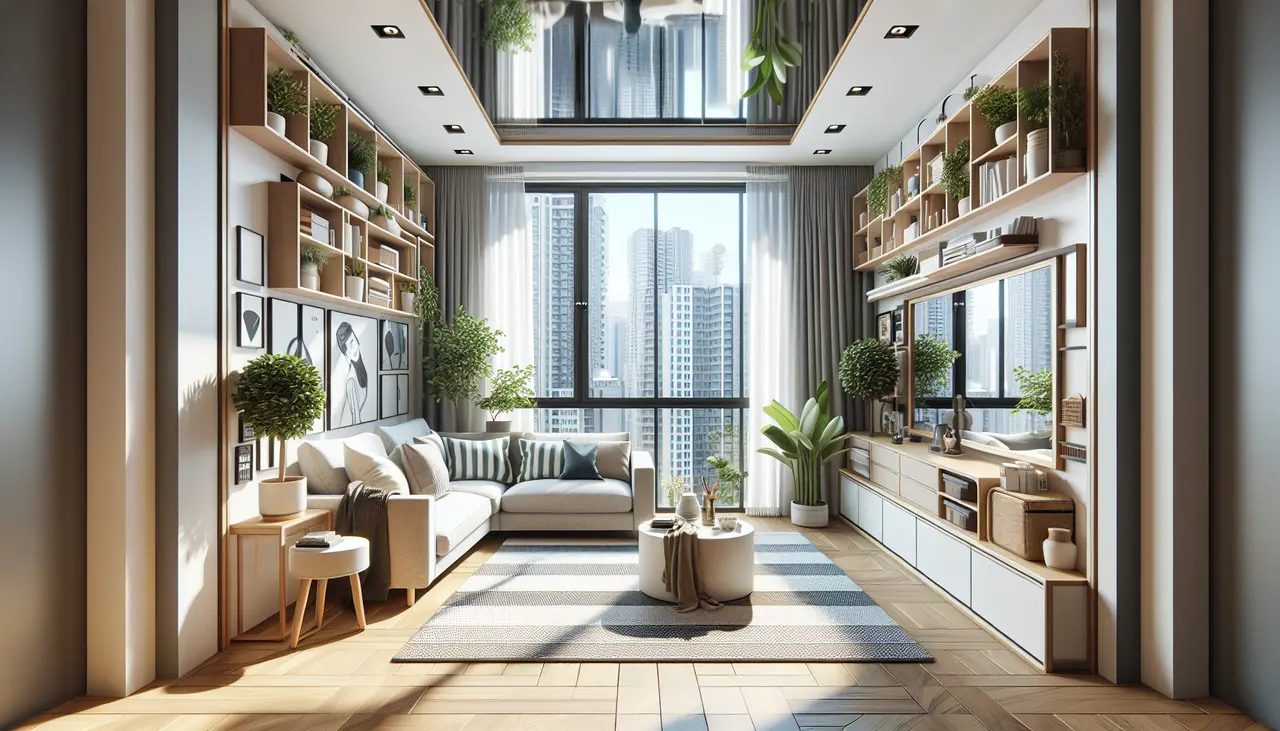
Create Visual Interest
Incorporate visual interest and focal points to distract from the small size of the room. Use a statement piece of artwork or a bold rug to draw attention. Incorporate textures and patterns to add depth to the space. By following these tips, you can create the illusion of a larger space and optimize the functionality of your small room.
Remember, maximizing small spaces is all about clever design techniques and strategic furniture placement. With these tips in mind, you can transform your small rooms into stylish and functional spaces that feel larger than they actually are. So go ahead, unlock the secrets to creating the illusion of space and enjoy your newly optimized small spaces!
Something for Everyone
THE PIECES RACHEL RETURNS TO, AGAIN AND AGAIN

